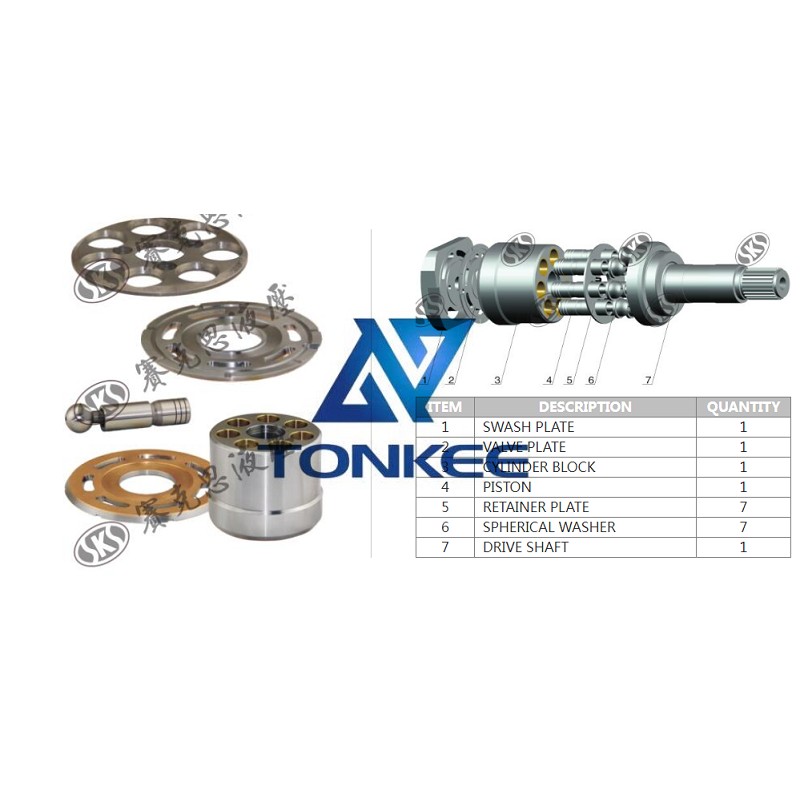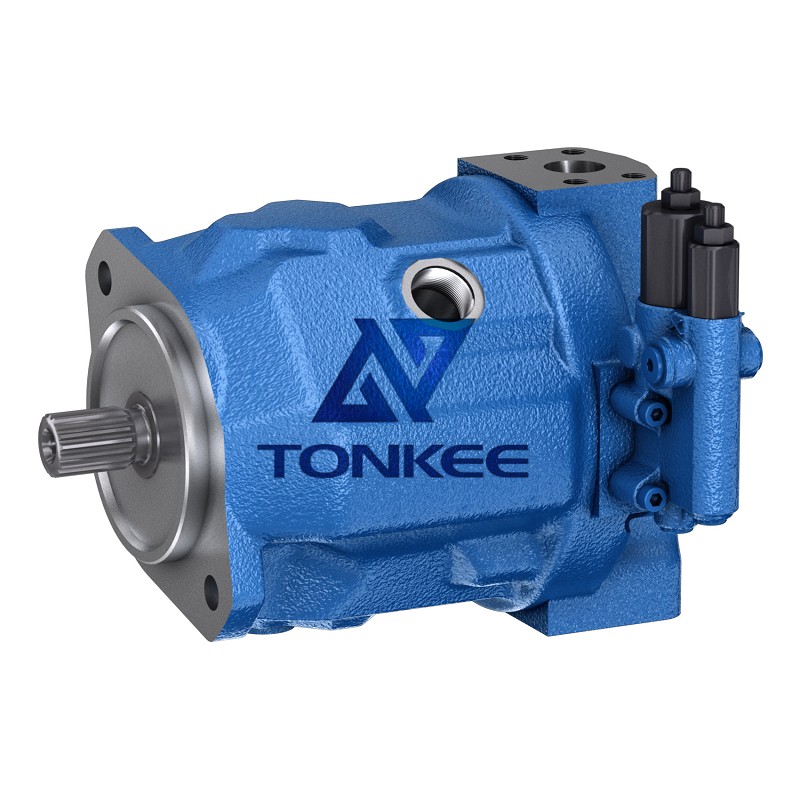
The BPR260 Retainer Plate is constructed using premium materials to guarantee durability and longevity.
It is meticulously engineered to meet the highest standards of performance, making it an ideal choice for various hydraulic pump applications. The retainer plate is precision-machined to ensure accurate dimensions and tight tolerances, allowing for seamless integration within hydraulic systems.
One of the key features of the BPR260 Retainer Plate is its exceptional strength. It is designed to withstand high pressures and heavy loads, making it suitable for demanding hydraulic applications. The robust construction ensures that the retainer plate can endure the rigors of continuous operation without succumbing to wear or deformation.
Partsdic® has implemented advanced manufacturing techniques and quality control processes to ensure that the BPR260 Retainer Plate meets or exceeds industry standards. Each retainer plate undergoes rigorous testing to validate its performance and reliability. This commitment to quality guarantees that customers receive a product that is dependable and capable of delivering consistent results.
The BPR260 Retainer Plate offers excellent compatibility with a wide range of hydraulic pumps. It is designed to fit seamlessly into compatible pump models, facilitating easy installation and minimizing downtime during maintenance or repair operations. The precise dimensions and standardized design of the retainer plate ensure a perfect fit, eliminating any potential issues related to compatibility.
Furthermore, the BPR260 Retainer Plate features optimized hydraulic flow dynamics.
Its design promotes smooth fluid flow and minimizes turbulence, thereby reducing energy losses and maximizing pump efficiency. This ensures that hydraulic systems equipped with the BPR260 Retainer Plate can operate with enhanced performance and improved overall productivity.
In terms of maintenance, the BPR260 Retainer Plate is designed for easy servicing. Its accessible design allows for quick removal and replacement, simplifying maintenance procedures and minimizing downtime. This user-friendly feature enables efficient troubleshooting and repair, contributing to overall cost savings and improved operational efficiency.





 English
English português
português Русский язык
Русский язык










